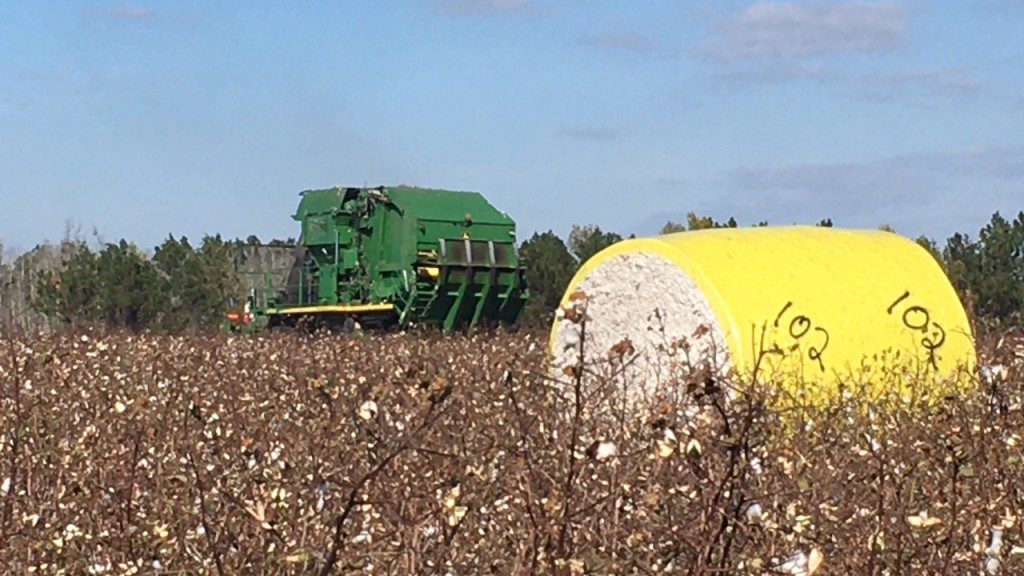Recent Posts
-
Around Colquitt County, I have noticed that farmers are already preparing land for fall vegetable crops so I thought it would be a good to write about the fertility requirements for cabbage. The best fertility management programs are based off of soil tests taken from the field areas where the cabbage is to be planted. Trying to recommend…
Posted in: Uncategorized -
With hot temperatures, growers may be more likely to note stress-symptoms resulting from damaged root and vascular symptoms caused by plant-parasitic nematodes and/or Fusarium wilt. While there is nothing to be done now, growers should note where nematodes and Fusarium wilt are causing damage in a field and let us help them make decisions for…
Posted in: Uncategorized -
The sugarcane aphid is spreading quickly and building up to damaging levels in southern Georgia. Below is an update document, from Dr. David Buntin with recommendations for this pest for 2016. Author: David Buntin, Grain Crop Entomologist, UGA-Griffin Campus (gbuntin@uga.edu) In late August 2014 a new aphid was found attacking grain sorghum in Georgia. …
Posted in: Uncategorized -
Very low levels of Southern rust were found early this week (6-27-16) in a corn variety trial in Colquitt County. The corn was in early dent stage of development so yield should not be impacted. Below is picture of southern rust. Presently the majority of the corn in the county is late dough to…
Posted in: Uncategorized -
The VegDr app provides growers with vegetable disease information and effective control options. I attached an image of the app that includes both a brief description of it and screen shots of what the app will look like on your phone. It is very easy to install. All you have to do is search for…
Posted in: Uncategorized -
The pictures below are classic Phytophthora fruit rot symptoms on watermelons. As you can see, this disease can cause a significant yield loss. Infection will generally start on the side of the fruit that is in contact with the ground, and can occur at any time from fruit set until harvest. Overhead irrigation and rain can…
Posted in: Uncategorized -
You will find in the link below the latest edition of the UGA Forage Extension Team Newsletter. It includes articles on: Bermudagrass as an Equine Forage – by Lucy Ray, Morgan County CEC Utilizing Summer Annuals – by Sam Ingram, Effingham County CEA Water Use Efficiency in Forage Grasses – by Jeremy Kichler,…
Posted in: Hay & Forages -
Bermudagrass Stem Maggot Management: Bermudagrass hay producers need to be out scouting their hay fields for bermudagrass stem maggot damage. I have noticed damage in some Colquitt County hays fields this week (6-21-16). According to Dr. Dennis Hancock, reports of bermudagrass stem maggot are starting to come in from south Georgia. Let’s discuss some management tips for…
-
Dr. Patrick McCullough, UGA Forage Weed Specialist, has informed us that we have received supplemental labels for Prowl H2O (pendimethalin) that will expand uses for preemergence weed control in pastures and hayfields. Some highlights from this update for growers in Georgia include: Labeled species now include tall fescue, orchardgrass, bromegrass, and other cool-season forage…
-
This time of year county agents and consultants receive questions about PGR management in cotton. Below is a chart, from Dr. Jared Whitaker UGA Cotton Agronomist, that is designed to assist growers with PGR applications in cotton from a variety standpoint. Many factors are associated with PGR strategies other than variety and should be considered…
Posted in: Cotton
